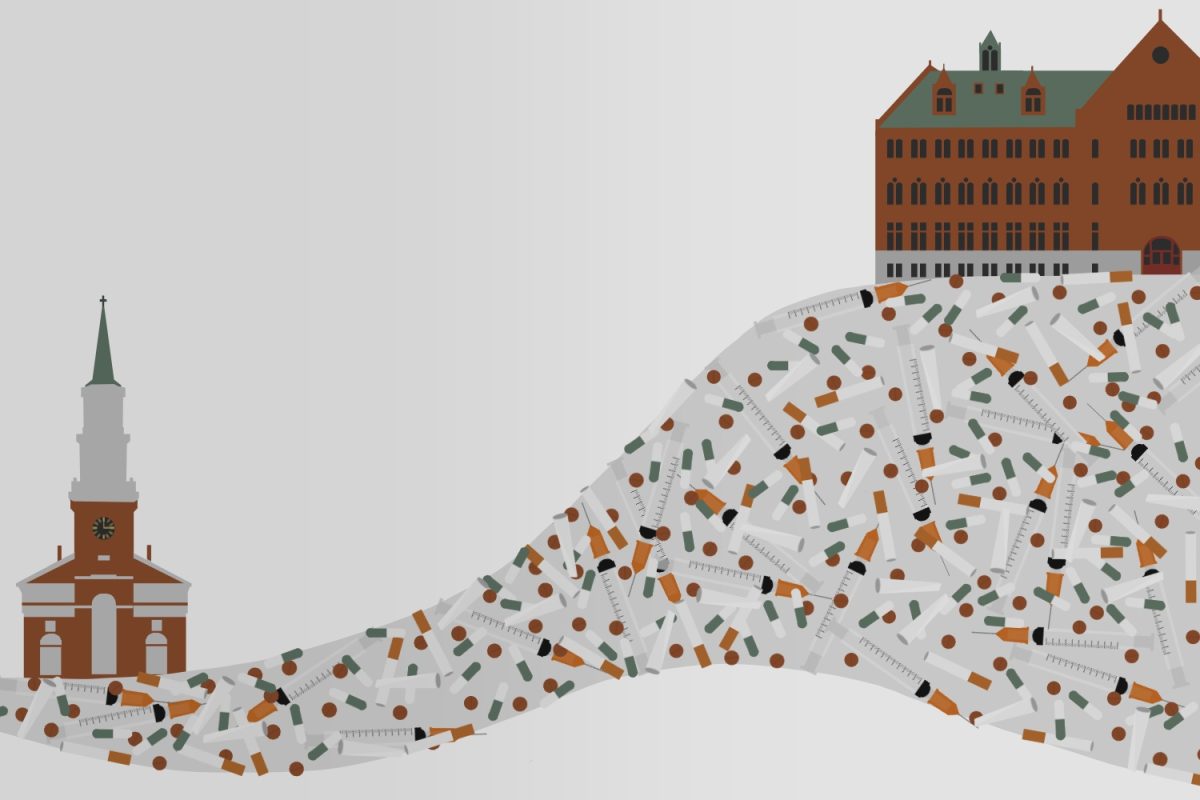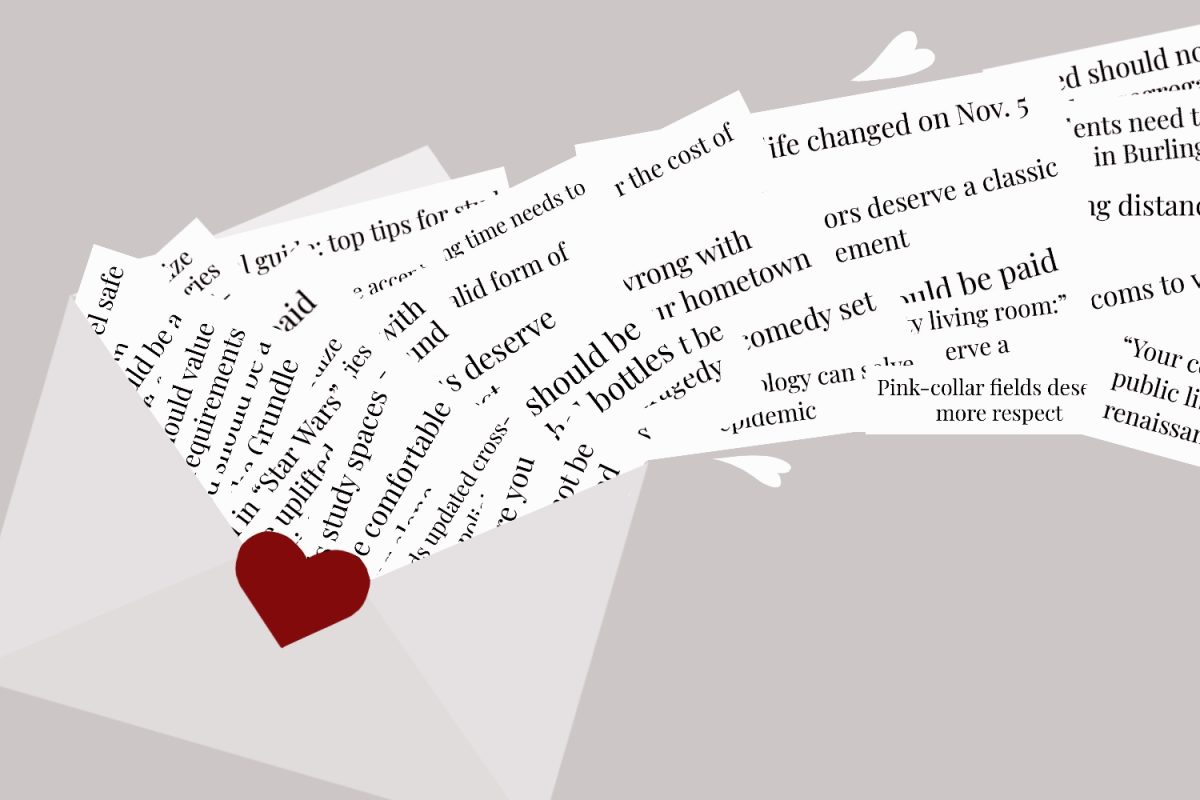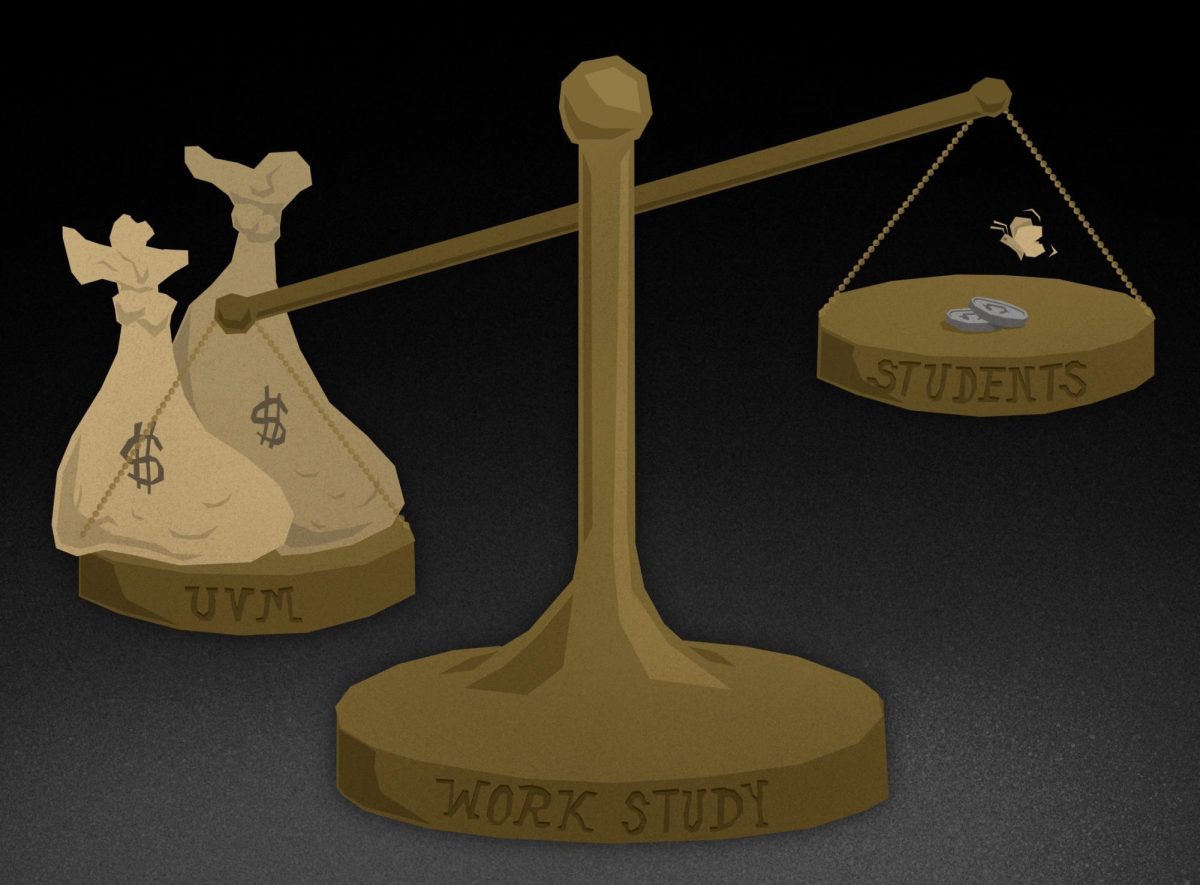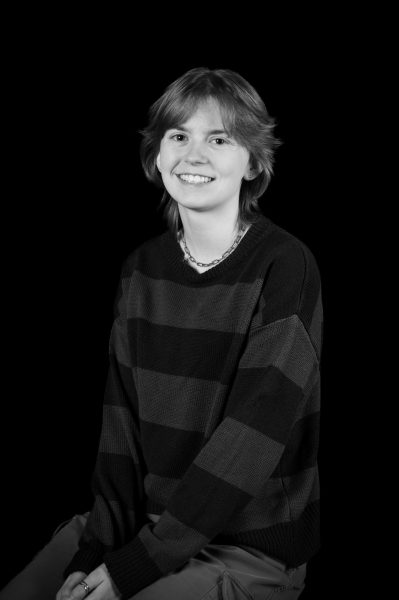Editor’s note: This column was moved to the Opinion section Oct. 8 at 1:25 p.m. from its original posting in the Culture section, which was in error, due to the writer’s involvement in one of the organizations that served as a source. It is Cynic policy that writers are not affiliated with the organizations they cover in our News, Culture or Features sections.
Peyton Paquette, opinion columnist, is also a member of the Climate Action Collective at UVM.
“UVM holds a great responsibility as a sustainability leader among universities, and needs to continue to work to uphold this position.”
The quote above is directly from the UVM Comprehensive Sustainability Plan for 2023-2040. It is representative of UVM’s long and outspoken history in the preservation of our environment and moves towards a more sustainable society.
UVM’s admissions page, under the “Environment and Sustainability” tab, states, “UVM is a leader in research and practices that protect our environment and promote a sustainable future.”
However, the University’s own climate action clubs have begun raising alarm bells about the validity of this fight for environmental action and justice.
Recently, Marek Broderick, a Burlington city councilor and a senior at UVM, proposed a new ordinance called the Building Emissions Reduction Ordinance.
This ordinance would require all large buildings inside the city limits to reduce their energy output and adopt more renewable energy practices through processes such as weatherization and moving towards geothermal heating.
UVM opposes it.
At least that is the opinion of the Climate Action Collective after reading the University’s letter sent personally to City Councilor Broderick Sept. 3, who then shared it with CAC.
In this letter, which was shared with the Cynic by CAC leaders, UVM is focused on the cost-effectiveness of projects it would have to take on due to the ordinance and claimed it would need stakeholder input from entities such as the Burlington Electric Department.
The CAC has condemned this opposition and is working to show the value of the ordinance.
“It’s a missed opportunity,” said Ashley Winter, a senior and leader in CAC at UVM.
The apprehensiveness from UVM regarding BERO presented itself as an overlooked chance by the University to further its environmental leadership and sparked confusion amongst the CAC and its leadership.
“It doesn’t really make sense to me. With the other goals they have in mind, this would help them reach those goals quicker,” said Elena Fasullo, another senior and leader of the CAC.
These goals are outlined in the Comprehensive Sustainability Plan in which UVM has made a significant commitment to achieve carbon neutrality by 2030 and reduce greenhouse gas emissions in a similar time frame.
“Why people choose UVM is because of the environmental image and this perception of UVM as environmentally forward and an environmental leader,” said Jack Hanson ’16, executive director of Run On Climate.
With his experience in the climate action field, Hanson says this is a classic example of greenwashing. The practice of greenwashing is a form of advertising or marketing spin that deceptively uses “green PR” and “green marketing” to persuade the public that an organization’s products, goals or policies are environmentally friendly, according to a Jan. 18 Geography Compass article.
“UVM is run as a business and strives for more revenue,” Hanson said. “Essentially, if they can get more customers or more tuition dollars with their environmental brand, they’ll continue to do it.”
Hanson wants to see UVM take a different path of fully pursuing its environmental goals.
“Not just say ‘here’s why we’re great and here’s why we’re leading’, but also list the road ahead and what it’s going to take to meet our environmental goals,” Hanson said.
Hanson also wants to see more action from the student population at UVM in order to promote actual change in UVM’s environmental actions.
“Without pressure on administration to change, they’ll continue to exclaim these goals but not fully pursue them,” Hanson said. “Don’t let them just speak on behalf of you. Speak and use your own voice.”
Meetings, petitions, rallies and mass messaging campaigns for the University’s student population are currently in the works and soon to be put into action, according to the leaders of the CAC. With these measures, they hope to pressure the University to alter its stance on the ordinance by creating a force they cannot ignore, they said.
“I think generally, UVM is not a greenwashing institution and that the accusations of greenwashing are brought up because there are things that they could do that they seem to think are cost ineffective,” said Michael Ashooh, a senior lecturer in the environmental studies department at UVM, who has a specialization in environmental ethics.
“As always with big institutions like UVM, they have financial incentives to drag their feet,” said Ashooh.
In order to pick up UVM’s dragging feet, students have to be a force moving them forward, said Ashooh.
“You have to keep pushing,” he said. “Students have to express they are unhappy with UVM’s pace of change … and build consensus among large constituents outside of students, such as alumni, donors and teachers.”
The administration at UVM, who sent the letter to City Councilor Broderick, looks to help students, faculty and alum better understand UVM’s decision.
“We have not taken a position on whether we support the ordinance or not,” said Elizabeth Palchak, UVM director of sustainability. “My letter was in no way a statement of support or not support; it was that we need to understand a lot more before we can understand how we’re going to achieve these goals.”
They simply need to take the proper measures to analyze cost-effectiveness of new projects and take the time to install these projects properly, she said.
UVM is making progress at the fastest pace they can, but the prospect of retrofitting buildings and keeping them up to code along with what BERO would ask of the University will be very time consuming and cost a large sum of money, Palchak said.
Palchak sent an additional email to the Cynic on Sept. 24, providing more sources of information and comments on heat pumps and geothermal testing practices UVM is currently attributing towards its environmental sustainability.
“Drilling these test wells is a significant investment for the University; each well costs between $75,000 and $92,000,” Palchak stated in the email.
The project of drilling test wells is a part of the University’s formulation of research on the most effective strategies to reduce their energy output and carbon emission for the last few years, Palchak stated.
“The University is investing in decarbonization,” stated Palchak. “We are committed to reducing emissions from our buildings and we are taking steps to figure out the most direct and cost-effective path forward towards this goal.”
This commitment to reducing carbon emissions bodes well for the future of BERO.
However, UVM will have to do more to spread its message to these students that are doubtful of its commitment to its environmental goals. Its primary mission will be showing students that they are here for them and wants to achieve the same goals that they do.
In about a month, BERO has to make it out of the city council’s subcommittee for Transportation, Energy and Utilities. Without support from institutions impacted by the ordinance, like UVM, it may never see the light of day, and the city council will have to move on to new climate agendas.









